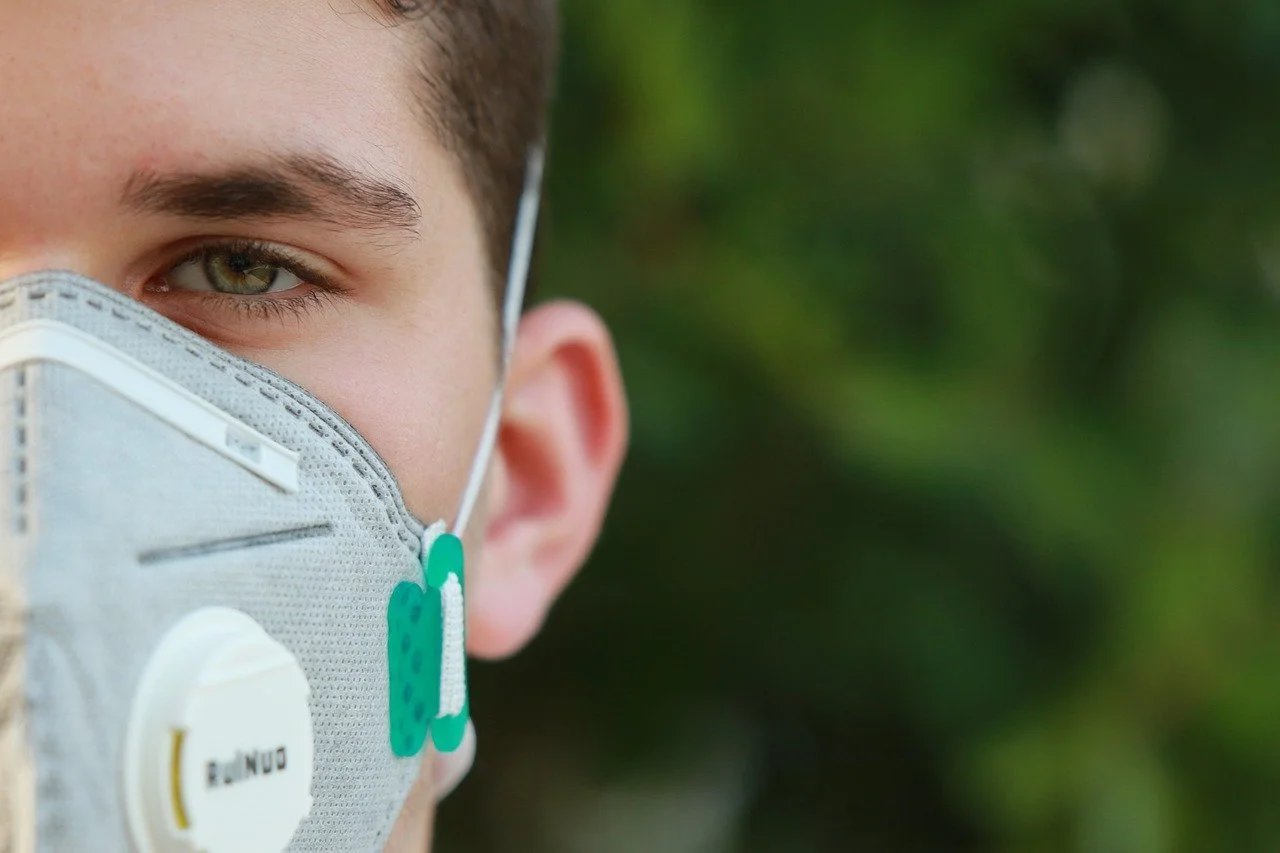Originally published on Medium.
CPR in real life looks nothing like it does on television.
It starts with a patient who is unresponsive.
“Mrs. Brandman? Mrs. Brandman? I need you to open your eyes for me,” the nurse said.
But Mrs. Brandman wouldn’t wake.
“Someone call a code,” said another nurse from the end of the bed. She lowered the frame until the patient was supine. She began to search for a pulse.
“ADULT, CODE BLUE, CATH LAB RECOVERY,” rang out from every speaker in the hospital. And then they came.
A swarm of at least thirty of the nearest physicians, nurses, advanced practitioners, residents — everyone not currently with a patient — flooded through the door. One by one, each entered with an expression of deep concern, looking frantically around to assess the situation.
I had never seen anything like it. But it had also happened to me.
The American Heart Association issued guidance in October of 2021 on CPR during COVID that has recently struck a dissonant chord with healthcare providers. Among other suggestions to “reduce provider exposure and provide timely care,” one bullet point requests that healthcare workers “Do not delay chest compressions for provider PPE or to place a face covering on the patient.”
In other words, healthcare workers should first provide CPR, forgoing COVID-19 protective equipment.
Nursing advocate and influencer Sarah, ADN RN of @SheinScrubs, recently highlighted the issue on social media. It has since become a contentious topic on #medtwitter, with many calling for the AHA to revise their guidelines.
In the inpatient setting, the new protocol assumes a somewhat unrealistic premise. Most providers in hospitals are already donning PPE with both COVID-19 infected and non-infected patients. Many do not take off their masks for entire shifts, not even to eat or drink. The chance of being around a coding patient without any COVID protection is low, to begin with.
The guidance also calls for defibrillation to be administered before donning PPE. In an out-of-hospital cardiac arrest, this might be more plausible. If a basketball player collapses inside a gym, and the person retrieving the defibrillator doesn’t have a mask on, would they run around to other buildings and find a mask before saving the person’s life? Probably not.
Actual chest compressions are violent. They are supposed to be. The outside force must be strong to squeeze the heart and pump blood to the brain artificially. They are also intimate.
After I flatlined in the ICU following my heart transplant, I was left with four fractured ribs. The nurse who gave me CPR had kneeled on top of me in my ICU bed. She panted with the effort right above my face and I coughed back into hers. In the age of COVID transmission would be almost assumed.
In the hospital or clinic setting, could a physician realistically grab an appropriate face covering, at a minimum, before performing extraordinary measures? Yes, and the CDC says they should.
What seems to bother providers most, rather, is the insinuation that healthcare workers’ lives are expendable in service of the patient that seems to sting the most.
Unlike the military, physicians and nurses have signed up to serve, not sacrifice their lives. The toll the pandemic has taken on healthcare workers, mentally, physically, and emotionally has been well documented. To serve in this climate has already been an extraordinary task.
To add insult to injury, the CDC has stated that healthcare workers can return to work “prior to the previously recommended 14-day post-exposure period of work restriction, assuming they do not develop symptoms or test positive for SARS-CoV-2.” Some in medicine have interpreted this as a slight against their safety, arguing that the CDC also feels their lives are expendable (although the CDC has now changed their recommendations for the general population as well).
Hospital groups are eager to bring back providers in any capacity as they face dwindling staff numbers and resource shortages. Similarly, they want to record as many lives saved, COVID-affected and otherwise, as they can.
But bringing additional risk to an already burnt-out workforce is not the way to do it. We have to protect our healthcare workers, not only to protect ourselves as potential patients but also because healthcare workers happen to be human beings. They are no more expendable than the elderly, the immunocompromised, or the unvaccinated.
Especially in this climate of extreme burnout and dwindling patience, protecting yourself first should be at the top of any COVID-19 provider guideline. As a patient, it’s what one should expect. It seems obvious to anyone who has ever been on an airplane, but perhaps the adage needs restating: put on your own mask before assisting others.
